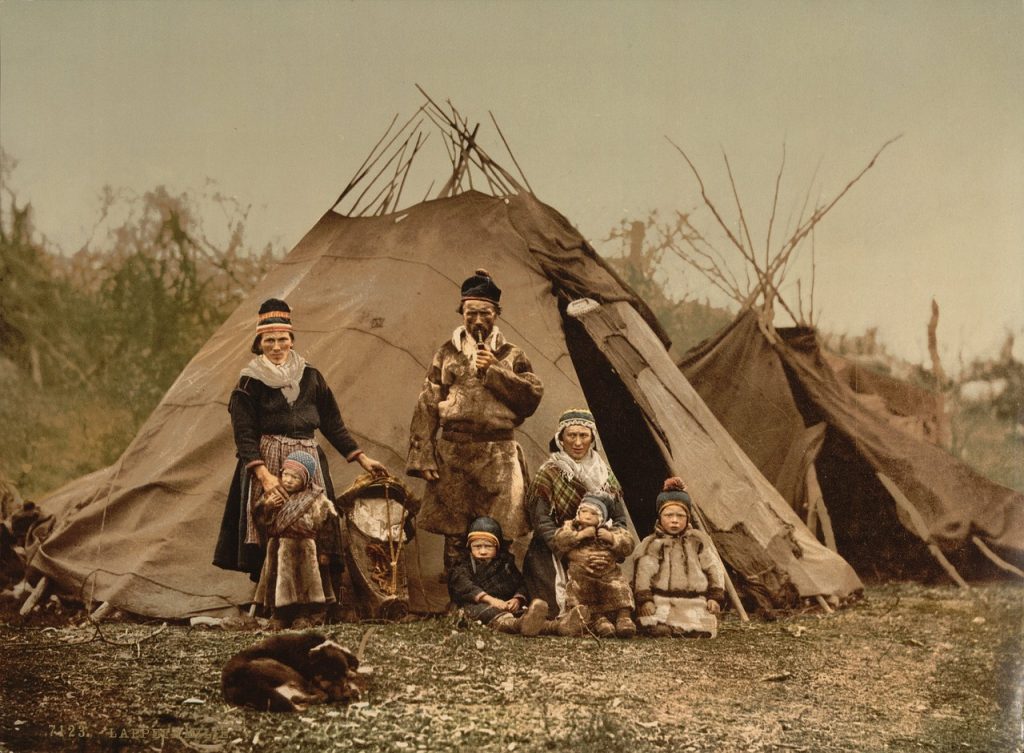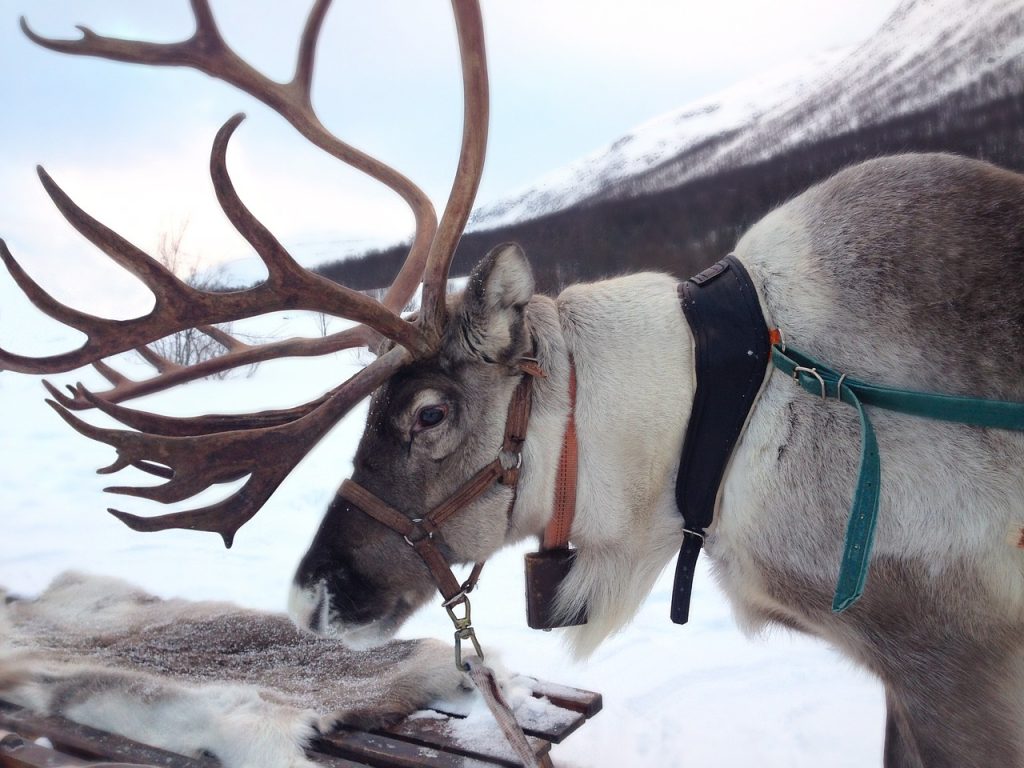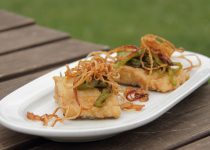Sami Culture in Norway: A Deep Dive into an Indigenous Legacy
The Sami people, formerly known as Lapps, are the indigenous inhabitants of the Arctic area encompassing parts of Norway, Sweden, Finland, and Russia’s Kola Peninsula. Norway is home to a considerable population of the Sami people and their culture is deeply rooted in the country’s history and tradition.
Sami People in Norway
The “Sami people in Norway” have lived in harmony with nature for thousands of years, relying on fishing, hunting, and reindeer herding, the latter being a unique feature of the “Sami lifestyle”. The “Sami population in Norway” spans from Finnmark in the North to Hedmark in the South.

Sami Cultural Practices and Traditions
“Sami culture and traditions” are rich and varied, with “Sami cultural practices” that encompass a strong connection to the land, nature, and the spiritual world. The “Sami language in Norway” is central to their identity and culture, with distinct dialects spoken across different regions.
Traditional Sami Clothing and Music
“Traditional Sami clothing”, often brightly colored and adorned with intricate designs, is a testament to their rich heritage. “Norwegian Sami music” called Joik, a unique form of vocal expression, is another essential part of their culture, passed down through generations.
Sami Festivals Norway
“Sami festivals in Norway” are a vibrant expression of their culture. The “Sami National Day Norway”, celebrated on February 6, is a significant event featuring traditional music, dance, and food. Another noteworthy event is the annual Reindeer Race at the Sami Easter Festival.
Sami Reindeer Herding
“Sami reindeer herding” is a tradition integral to their culture and livelihood. Even today, many Sami people are involved in this practice, which has shaped their social structure and way of life.

Sami Culture in Education and Art
“Sami education in Norway” has seen a resurgence with efforts made to teach the Sami language and culture in schools. Sami art and handicrafts, known as “duodji”, are renowned for their craftsmanship, often featuring symbols and materials closely tied to their environment and traditions.
Sami Rights in Norway
“Sami rights in Norway” have evolved over the years, with the establishment of the “Sami Parliament in Norway” in 1987. This body works to protect and promote Sami interests, including language, culture, and their rights to land and water.
Conclusion
The Sami people and their culture form an essential part of Norway’s rich tapestry, offering unique insights into an indigenous way of life that values tradition, nature, and community. For those interested in learning more about this fascinating culture, visiting the “Sami Museum of Norway” is an excellent start.
For more information about the Sami culture in Norway, visit the official website of the Sami cultural center. The “Sami tourism in Norway” is also a rich resource for experiencing Sami culture firsthand.
- Norwegian Myths in Modern Media: From Literature to Video Games - August 20, 2024
- Urban Farming in Norway: Green Spaces in the Heart of the City - August 14, 2024
- Norwegian Legends: The Enigmatic Sea Serpent of Seljord - August 13, 2024


